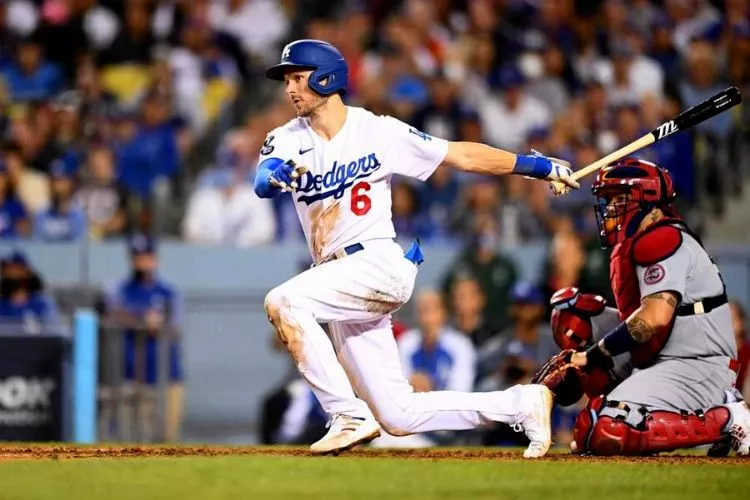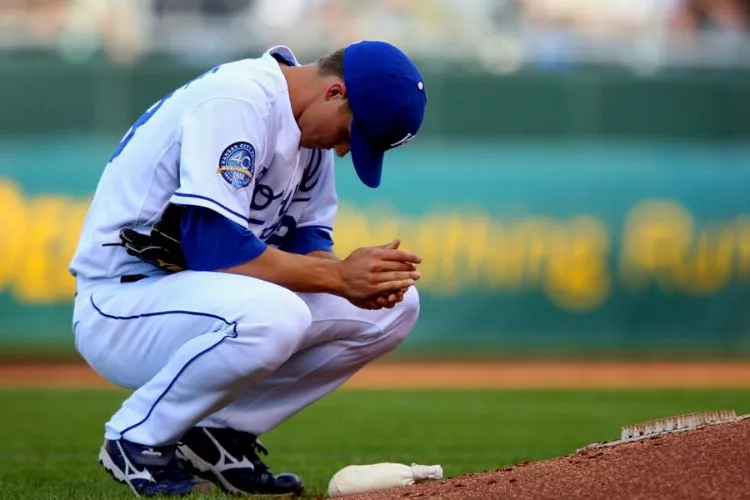Baseball has been played for ages, and several terms related to the game have evolved since. In this website, we have cracked many such terms to help you understand the game more.
But do you know what is a full count in baseball? Don’t worry, even if you don’t, because I am gonna explain it to you in simpler words.
In a baseball game when the batter has 2 strikes and 3 balls, that amounts to a full count. It is also called a 3-2 count. In this scenario, neither the strike nor the ball increases without terminating the at-bat. One extra strike results in a strikeout, or one extra ball results in a walk.

What is a full count in baseball? (Exposed)
To understand a full count, let us first understand what a count means in baseball.
A count in baseball is simply the number of balls in the current situation and strikes against the batter. To elaborate, suppose the batter has 1 ball and 2 strikes; it is called a count of 1-2, or “one and two.” In an instance of three balls and two strikes on the batter, it is called a 3-2 count or the full count.
A batter gets three strikes to hit the ball during each at-bat. A strike may be when a hitter swings at a pitch and misfires, or any pitch in the strike zone is a strike, irrespective of whether the hitter swings at it or not). After three strikes, the batter is out.

To achieve a full count, you need a patient and disciplined batter who allows the count to go deep without at-bat terminating with an earlier count. In addition, you need a pitcher who can work off the plate
Because of the nature of full counts, to achieve one, you need a pitcher who is working off the plate somewhat and a batter who is patient and disciplined to allow the count to run deep without the at-bat ending at an earlier count.
A full count is common in baseball and has occurred several times in the past. In 2010, full counts ranked as the third-most common end, with 23,553 full counts amounting to 9.7 per game. In 1991, full counts were 8.6 per game, and 11.6% of plate appearances ended with a full count.
Importance of a full count in a baseball game
A full count affects baseball games in a few aspects, including psychological effects, game strategy, and the next pitch.
Psychological effects on the batter and pitcher
A full count may give everyone goosebumps. It is because there’s nothing to maneuver for either the batter or pitcher. Any pitch near the strike zone must be hit by the batter. Alternatively, there’s a risk of the batter being called out on strikes.

A similar risky situation exists for the pitcher. Wasting wasted pitch by him will lead to a base on the ball. And if he throws an easy pitch, the batter will swing heavily to make the most of it.
Impact on the game strategy
In addition, during a full count, the base runners run with the pitch, specifically in the case of two outs. It results in the fielders getting under pressure, allowing runners to gain an extra base on a base hit or evade being caught in a double play on a field ball.
Importance of the next pitch
The next pitch is crucial during the full count. Pitchers can throw slower pitches during a full count. Fastballs are commonly thrown by pitchers because they are easier to control. Pitchers with off-speed pitch control will try to fool batters during a full count.
Frequently Asked Questions (FAQs)
Is full count a pitcher’s count?
Pitchers can take advantage by throwing a strike in a full-count scenario. Despite the hitter swinging at it, the average outcome won’t be great.
Does a full count favor the batter?
Don’t swing into a full count if you’re a hitter. Even if you hit a strike, the average outcome isn’t great.
Conclusion:
A full count is achieved when the batter has two strikes and three balls. A 3-2 count is another term for it. A full count affects the game in several ways. It gives the players goosebumps because no one can steer the fun out of a full count.
A pitch near the strike zone needs to be hit by the batter.
Or, in the instance of a strike, the batter may be called out. Many games end with a full count, and there have been many instances in the past.
